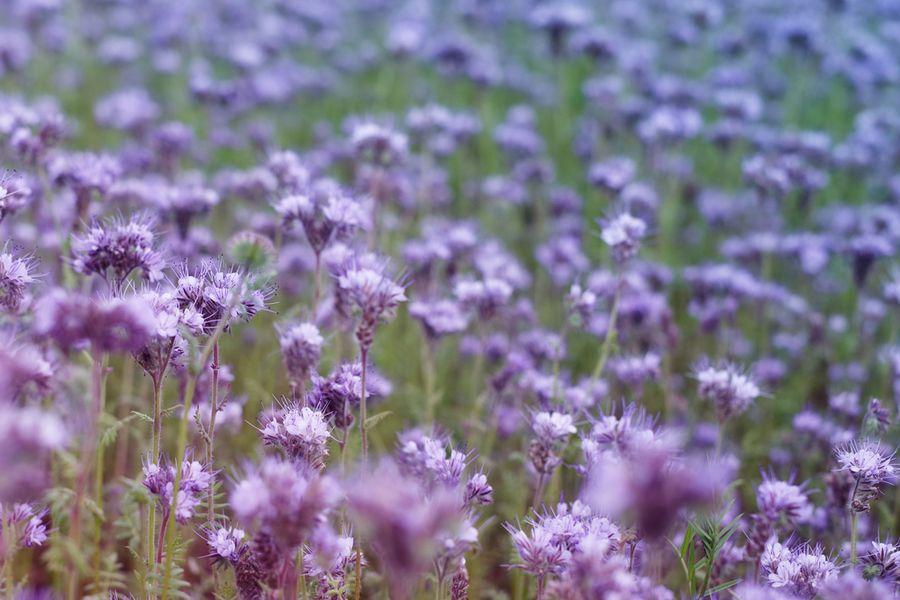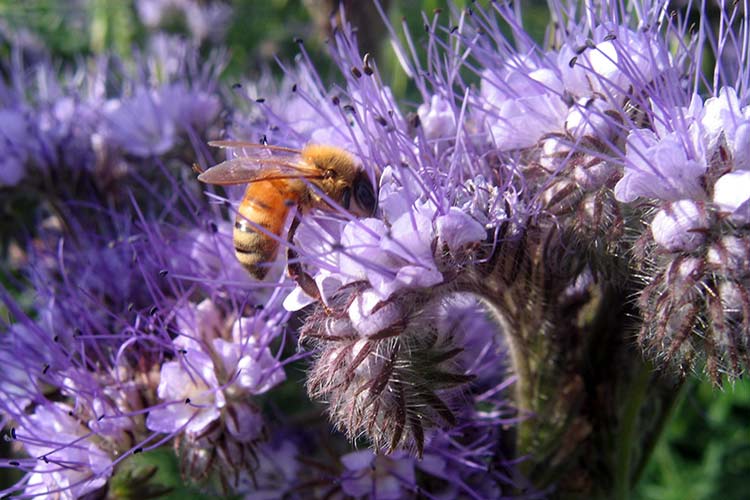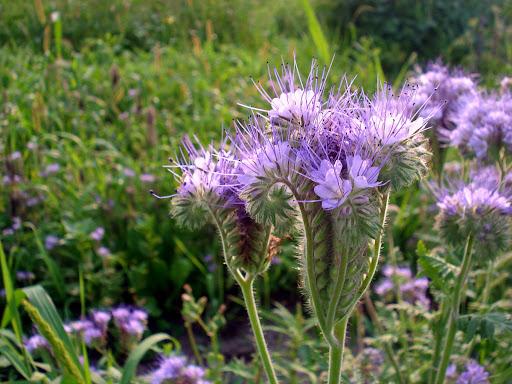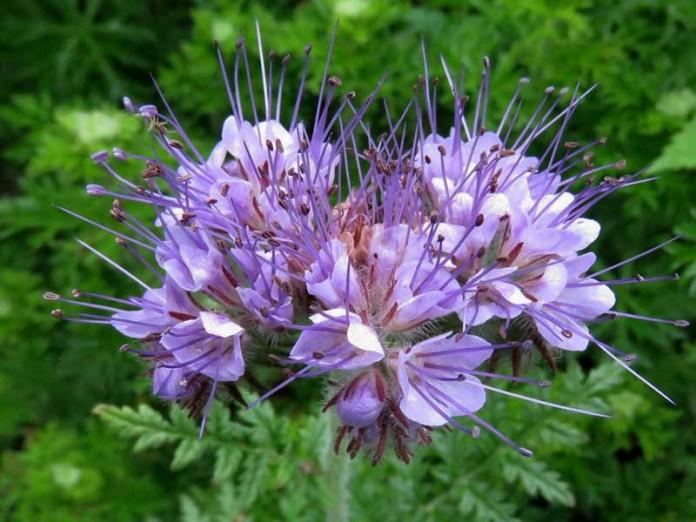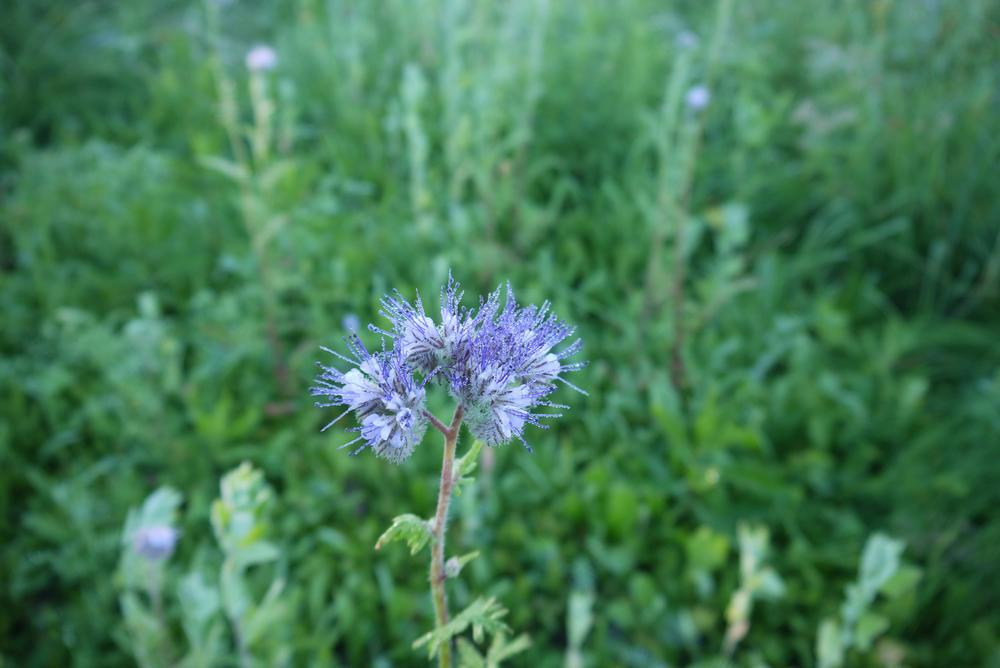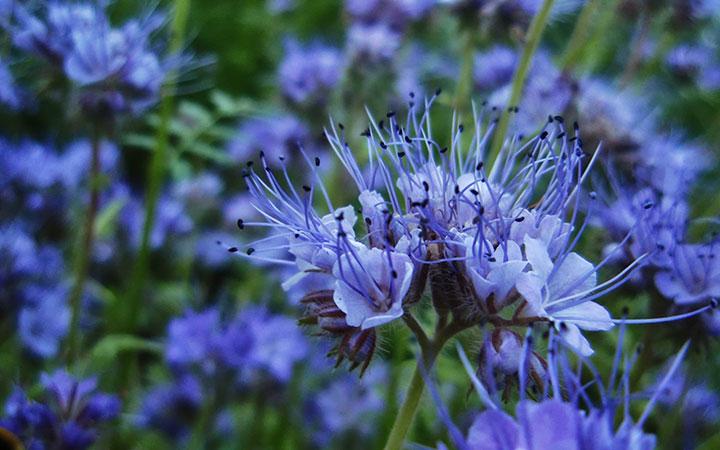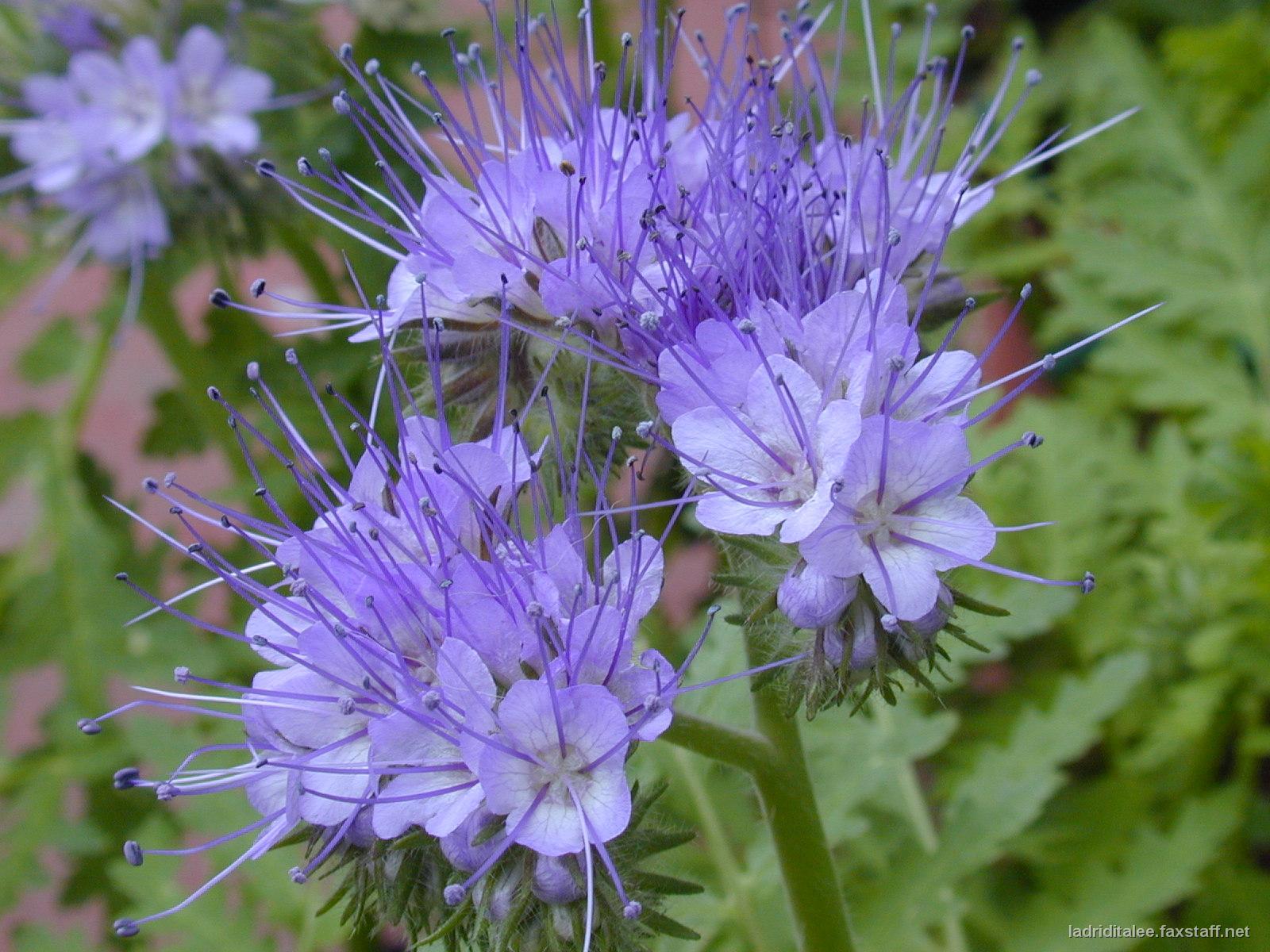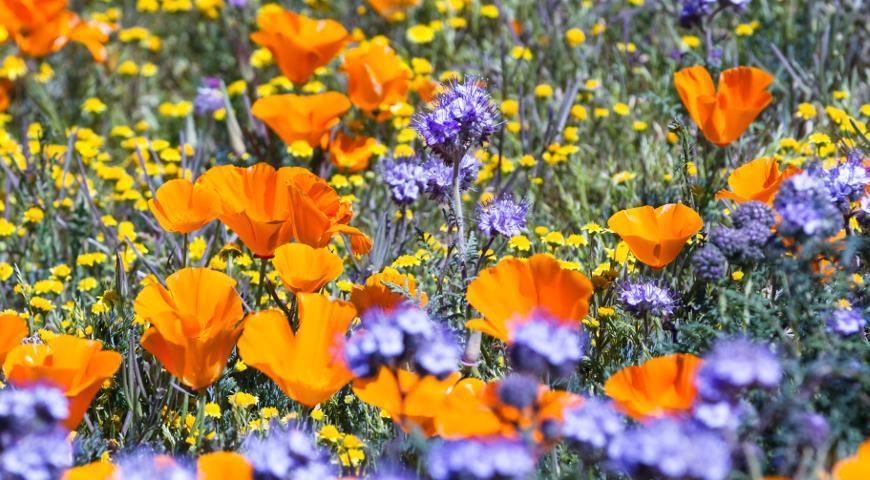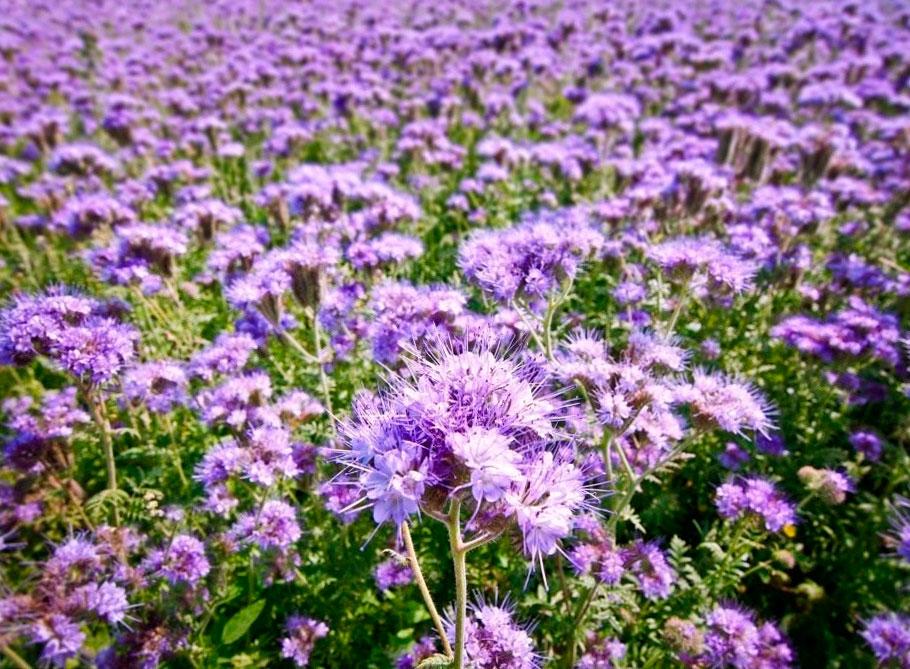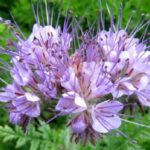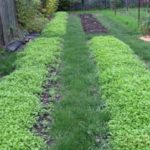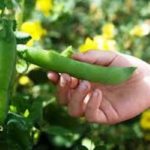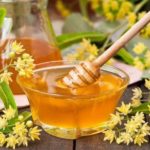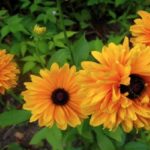Annual, flowering phacelia is most often used as a green manure crop to improve the quality of soil, green fodder for animals and fertilizing garden and vegetable crops. The plant is also an excellent honey plant, from which hardworking insects collect sweet nectar. Phacelia is very productive as a honey plant, which is planted annually near apiaries. We will look into the details below on how to properly grow and care for the plant.
Description of the plant
In the natural environment, phacelia is found only on the American continent.In Russia, neighboring countries and Europe, the plant is cultivated as a honey plant and green fertilizer.
In nature, there are more than 130 varieties of flowering crops, but tansy, bell-shaped and twisted varieties of phacelia are most often used as honey plants.
- The main stem is straight with multiple branches, depending on the variety it grows to a height of 40 cm to 1 m.
- Sheet plates of an elongated contour are placed alternately on the conductor, in a bright emerald hue.
- During the flowering period, complex umbrella-shaped inflorescences appear on the plant, blooming with lilac or blue flowers.
- The fruits of the honey plant are presented in the form of elongated boxes containing seeds.
Important! The plant is not demanding in terms of growing conditions and care; it actively develops and blooms in any weather and climatic conditions.
How to sow phacelia like a honey plant
The herbaceous shrub grows and develops quickly and enters the flowering period within 30-40 days after planting. In regions with warm winters and early spring, planting honey plants at the end of October is allowed. In this case, the healing nectar is collected by bees already in mid-May.
If the plant is grown in temperate latitudes, planting activities begin in early spring and continue until mid-July.
- Honey plants are planted in well-lit areas, between fruit trees and shrubs, together with garden and vegetable crops.
- The soil is dug up, thoroughly loosened and mixed with organic matter and mineral elements.
- Seeds are planted in well-moistened soil, 1.5-3 cm from the soil surface.
- For each hectare of sown area, up to 12 kg of planting material will be required.
- The first shoots appear 10-12 days after sowing.
To increase the number of honey plants, ripe seeds are collected and planted for the next season.
The rules for collecting planting material will ensure high seed germination:
- The first ripened seeds are considered the most productive;
- The crop is mowed after the seed pods are colored brown;
- the mown bushes are dried for 5 days and threshed;
- the seeds are sorted, sifting them from foreign impurities and dust.
Important! The resulting planting material is immediately used for sowing or sent for storage in a dry, cool place.
Cultivation care
Phacelia is unpretentious in care, easily tolerates temperature changes, frosts, heat, drought and waterlogging of the soil. Before the first shoots emerge, the soil is thoroughly moistened. After green plants appear, the amount of irrigation is reduced. Also, young plantings require breathable soil, so work is carried out between the rows to loosen the soil. Adult bushes cope with loosening the soil and supplying it with useful and nutrients on their own. At the beginning of the growing season, young plants are fed with nitrogen-containing organic matter.
Important! Irrigation measures for adult honey plants are carried out as necessary, during periods of prolonged heat and drought.
Flowering time and honey productivity
The flowering herb phacelia is considered a very productive honey plant. Under favorable weather conditions, up to 1000 kg of valuable, healing nectar are obtained from each hectare of plantings per season. During the rainy period, the honey productivity of bees decreases significantly - up to 150 kg of nectar per 1 ha.
Phacelia blooms for a long time and is fragrant, so insects prefer this plant, even if other honey plants grow nearby.The flowering of the shrub directly depends on the timing of planting. If plant sowing activities were carried out in late autumn, the flowering period occurs in the second half of May. Phacelia, planted in early spring, blooms in June.
They bloom alternately, each flowering period lasts no more than 2 days. The total flowering period of the honey plant takes from 30 to 50 days.
With the onset of August, daylight hours decrease, and daily temperature changes increase; bees at this time begin to prepare for the winter period, and honey productivity decreases.
Advice! To ensure constant flowering of phacelia, sowing work is recommended to be carried out before mid-July, with a frequency of 10-12 days.
Benefit
The early flowering of phacelia allows bee colonies to survive the spring period, when most honey plants have not yet activated their growth and development.
Honey obtained from plant nectar is characterized by excellent taste and healing properties:
- the substances that make up the plant have anti-inflammatory and restorative effects, strengthen the immune system, protect the body from viral and bacterial infections;
- flower nectar has diuretic and cleansing effects, removes excess water, toxins and harmful accumulations from the body, and is effective in losing weight;
- has a beneficial effect on the functioning of the cardiovascular system and digestive organs;
- has an antiseptic effect, promotes the healing of wounds and ulcers of internal organs and skin;
- stimulates brain function, increases the body's resistance to physical and mental stress, and has a positive effect on the functioning of the nervous system.
It must be remembered that the beekeeping product contains pollen and other substances that provoke allergic reactions.

